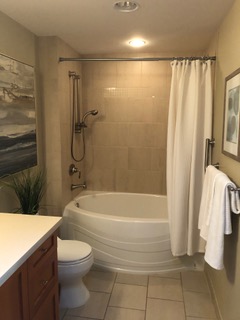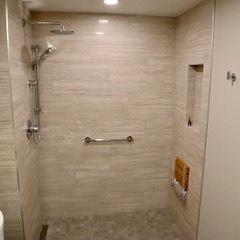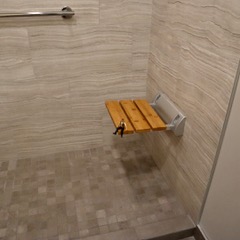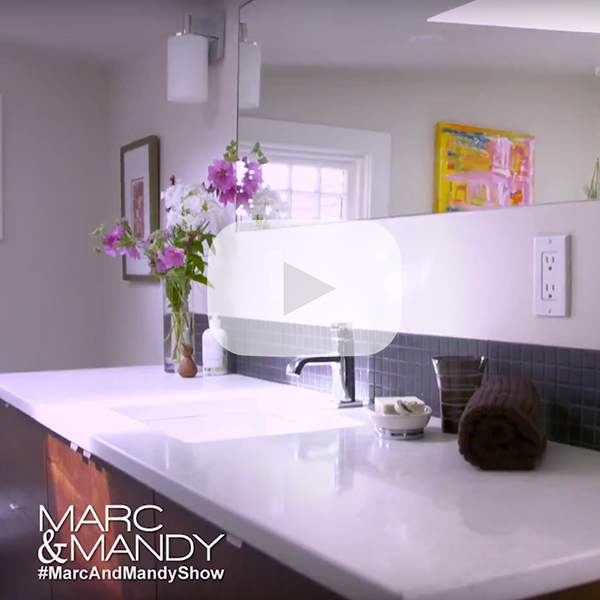Written by: Anita Stjernberg and Brandy Kawulka
In 2016, 16.9% of the Canadian population was over the age of 65, and according to Stats Canada, this is expected to increase to 20% by the year 2024. More and more seniors are making the decision to age in place, staying in their own homes rather than moving into nursing homes or senior care facilities. This allows them to maintain control over their life and to continue living in a home that they love and are familiar with, while relying on help from community services as well as their neighbours, friends, and family. This has become a more appealing option in light of the current Covid-19 pandemic. It also avoids the rising costs of senior care facilities, and the difficulties they pose for keeping people safe from infectious diseases. In order to ensure that seniors stay safe as they face the challenges of age and potentially declining health, there are many modifications that can be made to their homes to facilitate daily living activities.
In General
The risk of falling increases as we age, and the consequences of a fall can be many more health problems. Some simple modifications can greatly reduce this risk.
- Exterior Ramps – remove the challenges of maintaining balance on stairs, as well as provide wheelchair access.
- Interior Ramps – installed in door thresholds to provide a seamless transition from one room to another.
These ramps can be either fixed in place or temporary and portable.
- Widening door frames – makes it easier to navigate doors using a walker or a wheelchair.
- Replacing carpet with one with a shorter nap – makes the floor less slippery and makes it easier for walkers or wheelchairs to get around. Securely fasten down area rugs on hardwood floors along the edges and corners so as not to be a tripping hazard.
- Chair lifts – can be installed on existing staircases to safely get to the other floors in the home.
- Handrails near the bed – help with support while getting in and out of the bed.
- Door knobs – change to levers to make them easier to grip.
Kitchen Modifications
Seniors may find that their kitchen configurations no longer work for them as they age, especially if they are in a wheelchair.
- Lower counter tops and sinks to make them more accessible.
- Move appliances like microwaves onto a cart rather than leaving them on higher shelves.
- Move or rearrange storage areas to make them easier to reach. Put items used on a daily basis in lower cabinets.
- Replace drawer knobs that can be hard on arthritic hands with wide drawer pulls
- Convert drawers to a touch drawer system to pop the drawers out when they are pushed.
- Replace twist-style faucet knobs with levers, or a touchless faucet, for extra ease.
Insufficient lighting in the kitchen can be dangerous for those whose eyesight is failing.
- Install task lighting under cabinets and in storage spaces.
- Convert light switches to rocker-switches that can be turned on and off using the whole hand.
Bathroom Modifications
Climbing in and out of a bathtub can be a struggle for some seniors and can lead to potentially fatal falls. Available solutions include:
- Replace the bathtub with a walk-in shower.
- Attach flip down seats to the wall without taking up too much space.
- Replace a regular bathtub with a walk-in tub with a built-in seat.
- Install a transfer bench, on which a person can sit and lift one leg at a time into the bathtub.
All options can have grab bars added to them for extra stability, and safety strips on the floor for traction.


- Ceramic flooring tiles with anti-slip surfaces can help when floors are wet. If replacing the floor is not an option, anti-slip coating can be applied to the existing floor.
- Grab bars can also be attached to the walls next to the toilet to help with support.
- Converting to touchless faucets or lever handles can help those suffering from arthritis or grip issues.
- Anti-scald faucets can help prevent painful bursts of hot water if the cold water is suddenly redirected in the home.

Overall, some small changes can make a big difference allowing us to remain safe and warm in the comfort of our homes. If in home care is needed there are many options available to suit various levels of need. A friend of Wood Be Art Renovations runs Home Instead in Vancouver and the team there is so passionate about providing respectful and compassionate care it changed my perspective on the range and duration of services available.
We’re happy to provide a complimentary consultation on providing solutions to make living in your home as you age possible.
For photos of our work click on https://woodbeart.com/our-work


